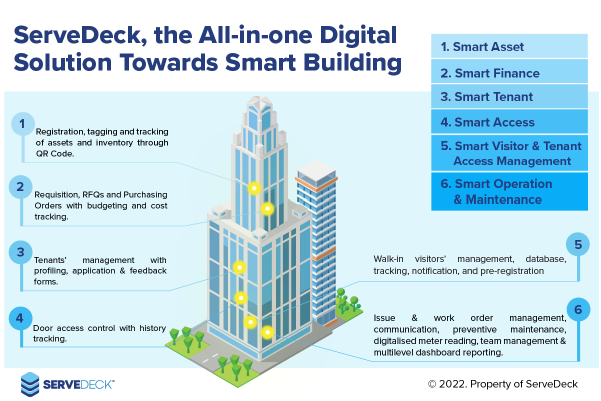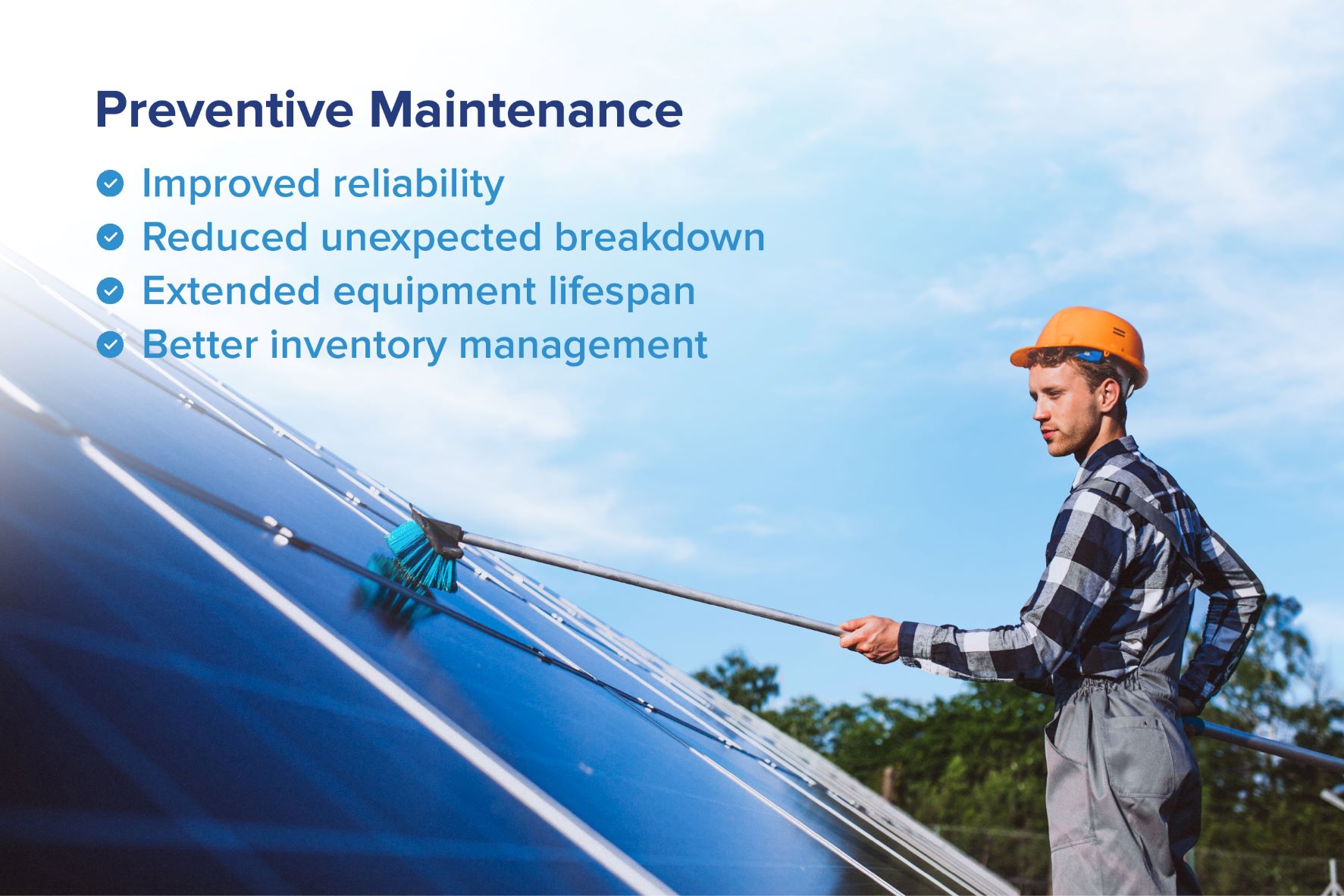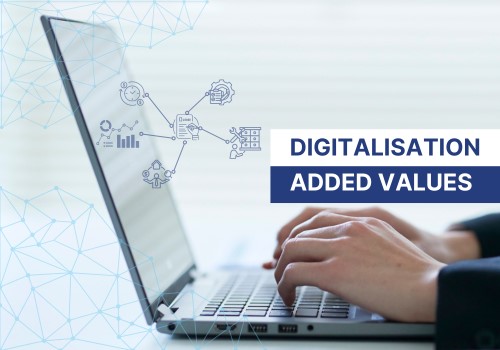1-of-3: A Strong “G” of ESG as Pillar for Sustainable Practices in FM

The adoption of ESG (Environmental, Social and Governance) practices within an organisation is no more a choice! The clock is ticking and, from the every day’s news, it clearly appears that we need to start acting towards more sustainable practices. It doesn’t matter what line of business or industry we are in, the MUST is to become ESG compliant.
The “compliance” has to be real avoiding all the “ESG mouth washing practices” that, as we have seen in the past 12 months, sooner or later are exposed and cause big-time losses of image, brand value and credibility.
Pretending to create value for employees while not declaring which values and practices a corporation adopts or, even worst, while unethically breaking basic human rights towards the lower end working people is something that shouldn’t exist any longer and, when found, should be exposed!
Defining the playground
A McKinsey Quarterly publication, available here, highlights interesting parallels between ESG and the business world. It could be used as “guideline” to refer to when thinking about how a Facility and Operation Management organisation could create an impact for ESG compliance.
“Climate change, carbon footprint, depletion of resources are driving”
-
The E in ESG, environmental criteria, includes the energy your company takes in and the waste it discharges, the resources it needs, and the consequences for living beings as a result. Not least, E encompasses carbon emissions and climate change. Every company uses energy and resources; every company affects, and is affected by, the environment.

-
The S in ESG, social criteria, addresses the relationships your company has and the reputation it fosters with people and institutions in the communities where you do business. S includes labour relations and diversity and inclusion. Every company operates within a broader, diverse society.
-
The G in ESG, governance, is the internal system of practices, controls, and procedures your company adopts in order to govern itself, make effective decisions, comply withthe law and meet the needs of external stakeholders. Every company, which is itself a legal creation, requires governance.”
Forgetting the “G” when facilities are involved is a huge mistake
When start producing an ESG report to acknowledge the steps that have been enforced to promote environmental and societal improvements it is a common mistake to concentrate all the focus on the E (Environmental) and the S (Social), forgetting that the “G”(Governance), above all when talking about facilities, must be involved!
Governance, referred to Property and Facility Management, is what allows making progress in the implementation actions for Environmental and Social.
The low appeal of Governance is probably related to the setting rules, following processes, adhering to standards, and ensuring accountability scope of it. Somehow, it is boring and not sexy at all. However, working within constraints introduced by G compliance, often gives the ideal framework for innovation and creative solutions.
Information systems such as integrated digital solutions for property and facility management though, provide, through the digitalisation of processes, the standards, SOPs and processes that I’ve been talking about above. Not surprisingly, I’m thinking of an IWMS (Integrated Workplace Management System) platform, such as ServeDeck, as a perfect tool providing the type of framework needed to produce the best results from balanced sustainability (ESG) improvement and implementation efforts.

Why is it so? IWMS (Integrated Workplace Management System) solutions are, among many other things, a perfect tool for governance data management. By definition, an IWMS structures data (the database), ensures data integrity (data entry SOPs), controls the whole process (workflow) and, being a digitally integrated process, it has the ability to produce consistent and precise outputs (business intelligence).
Investing in an IWMS systems, in few words, ease the workflow by bringing a “digitalised process” order to a scattered and disorganized operation while collecting and recording all ESG compliance data.
The perfect ESG assessment and reporting tool
IWMS systems are typically collecting, storing and managing physical and operational data about:
-
Buildings’ performance
-
Spaces use and related issues
-
Assets & equipment maintenance history, inventory, management and performance
-
Disposables
-
Organizational units & departments
-
Teams & people operational performance
The 6 areas above are the fundamental elements to be analysed and scored/ranked while planning a sustainability improvement blueprint for a better ESG compliance.

A reference case study to better understand the above could be:
A well maintained escalator will run more efficiently, use less energy and cause less incident related service disruptions than a poorly maintained one which never meets performance expectations.
The statement above comes from logic and makes a lot of sense, isn’t it?
However, by reading it with an ESG lens we should also expect and wish to measure:
-
The reduced heat generated because of smoother running of all the electrical and mechanical component
-
The overall energy efficiency of the equipment
-
The reduced emission of possibly harmful by-products
-
The reduced noise pollution.

The measurement of all of these ESG compliant outcomes should become the ultimate goal of a well-run maintenance system and, is one of the several outcomes of a fully utilised IWMS. Last but not least, it allows facility management organizations to shift their maintenance strategy from a simple reactive or breakdown maintenance to more effective preventive or predictive ones.
Other simple examples on how IWMS systems, integrated with ESG framework reporting, allow to plan a reduced environmental impact by optimising their building operations could be:
-
Ability to manage efficiently space, lighting and air-conditioning requirements according to the readings of occupancy
-
Enabling data driven decisions in building a real estate portfolio that matches the needs and demand of the users
-
Optimisation of maintenance cycles according the occupation data
Getting back to the original topic of this article, the examples above are all reference case-studies of how the “G” of Governance is enabled, managed, measured and improved through the use of an IWMS such as ServeDeck.
The digitalisation process gives facility managers a very effective way to manage the data, enforce compliance to processes, and maintain standards of quality as well as operational excellence.
In the process of doing the above, ServeDeck integrated solution for facility and operation management will also help to establishing and executing ESG compliance improvement projects. For some, it could be to get all of their buildings’ equipment on a strict maintenance schedule to reduce negative environmental impact. Others may decide to set their strategic direction towards a systematic upgrading plan for the equipment to higher sustainability standards.

ServeDeck always promotes Solution-User-Provider-Partnership as a win-win strategy because its IWMS system fully participate, in terms of understanding current performance, setting improvements goals, and then achieving them “together”. The core of ServeDeck’s IWMS is to collect processes and performances data which, for the case-studies mentioned above, could be read as efficiency-improving and cost-savings rather than facilitating a positive environmental impact but, ESG compliance improvements will come naturally as a result at “no-cost”.
In conclusion, the market normally thinks of IWMS as operational more than governance compliance systems. However, these two concepts are intimately related as ‘measurable results’, a typical IWMS characteristic, is all about good governance. The ‘G’ in ESG is a pillar of an IWMS and a good conversation kick-off pointer for those Facility and Operation Management organisations looking forward to a better alignment of their goals towards both sustainability initiatives and facilities operations.
ABOUT THE AUTHOR
.jpeg)
The opinions expressed in this article are solely of the author, Dr Daniele Gambero.
Dr Gambero has been an expatriate to Malaysia from Italy, since 1998 and has more than 35 years of real estate experience. He is the co-founder and group CEO of REI Group of Companies, the Co-founder of Propenomy.com and the deputy president of the Malaysia Proptech Association.
In the past 10 years Daniele, as international and TEDX speaker, has engaged several hundreds thousand people talking about Property, Economy, Propenomy, Digital Marketing and Motivation. He is also a bestselling author and columnist on several magazines and main stream media. You can reach him directly through his LinkedIn page here.
SHARE THIS POST:
Comments (0)
Leave a Reply
Your email address will not be published. Required fields are marked *







